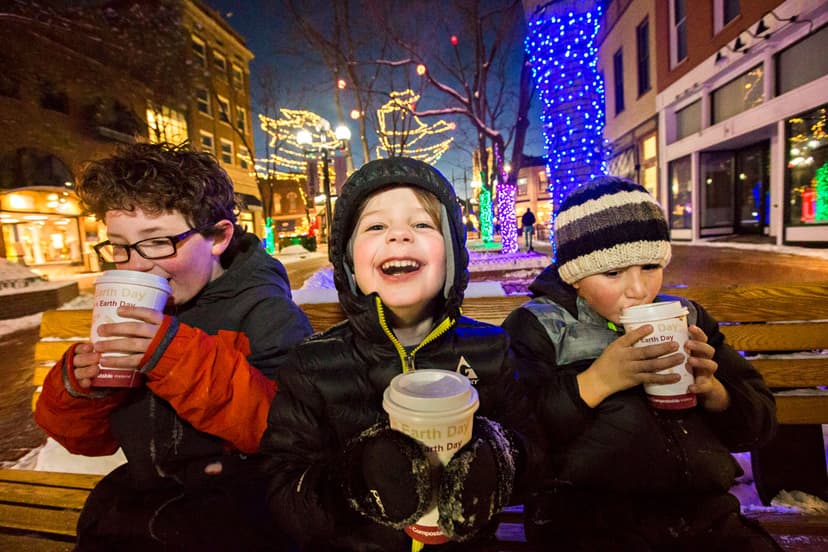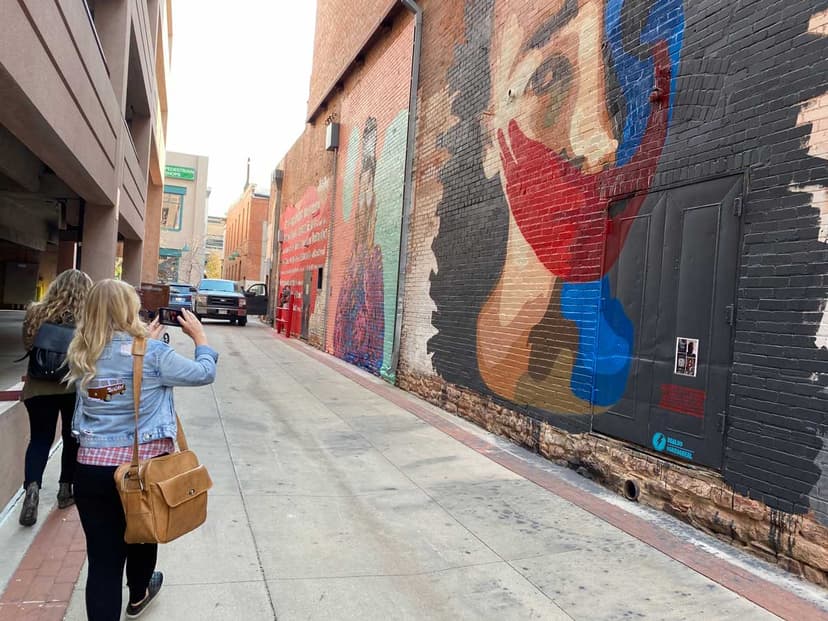But first, here are a few tips for beginner snowshoers:
Gear You Need to Snowshoe in Colorado
The famous adage is that if you can walk, you can snowshoe. That is great news for those looking to snowshoe for the first time. Most sporting goods stores, Nordic centers and ski-rental shops can help you rent or buy all the gear you'd need for a great Colorado snowshoe outing. You can also hook up with an outfitter who can get you all the gear and instruction needed, as well as point you in the direction of great trails.
Generally, it's good to have the following items on your snowshoe checklist, keeping in mind that dressing in layers is the best way to stay comfortable in changing weather conditions:
Base layer: wool socks, thermal underwear (tops and bottoms)
Middle layer: long-sleeved shirt or fleece jacket
Outer layer: Waterproof jacket, gloves, snow pants and hiking shoes or boots; wool hat, snowshoes
Other items: Polarized sunglasses or goggles; a hydration pack; ski or trekking poles; gaiters, daypack with extra socks, sunscreen, first-aid kit, camera, snacks
Choosing a Snowshoe Size
When selecting a snowshoe, keep in mind the weight you will be putting on it. In addition to your own weight, you need to consider how much your clothing will weigh and how much weight, if any, you’ll be packing in. The more weight you ask a snowshoe to carry, the longer the snowshoe should be. But you don’t want a snowshoe so big that it hinders your walking or becomes too heavy in and of itself. It’s widely recommended that you try for the smallest, lightest shoe that will fit your needs.
Generally, snowshoe sizes break out in the following way:
>100 to 160 pounds = 20- to 22-inch snowshoe
140 to 200 pounds = 25- to 26-inch snowshoe
200 to 240 pounds = 30-inch snowshoe
240+ pounds = 35- to 36-inch snowshoe
Figuring Out Where to Go Snowshoeing in Colorado
- Read these articles for ideas: Colorado Nordic Centers: Snowshoeing and Cross-Country Skiing and Colorado's Best Snowshoeing Trails.
- Find a nearby state or national park and inquire about the best trails at the visitor center.
- Ask the snowshoe rentals/sales associates for recommendations.
- Check out the centers/members of the Colorado Cross Country Ski Association, many of which also allow snowshoeing and offer snowshoeing tours.
- Purchase a guidebook on Colorado snowshoe trails.
Trail Etiquette
Inside Voices
Snowshoers are a special breed of winter hikers. They generally crave the soft silences of nature without the drone of motorized vehicles or the clamoring of loud voices. The wind dancing across the canopy of trees, the squeaky crunch of snowshoe on snow and the warm heave of breath as they trudge uphill are sounds of accomplishment. There’s no need to scream in the woods; noise travels unencumbered to the ears of those around you. A joyful giggle or hearty laugh of delight are of course welcome on the trail at anytime.
Share the Trail With Cross-Country Skiers
Snowshoers and cross-country skiers often travel the same trails. If possible, snowshoers should take note not to tread on the skiers' smooth, parallel tracks.
Leave No Trace
1. Pack out whatever you pack in, and leave only footprints behind.
2. Respect plants and animals.
3. Stay on the designated trail; trekking off trail can cause irreparable damage to the terrain.
Want More?
Check out cool hut trips for snowshoers and Nordic skiers






